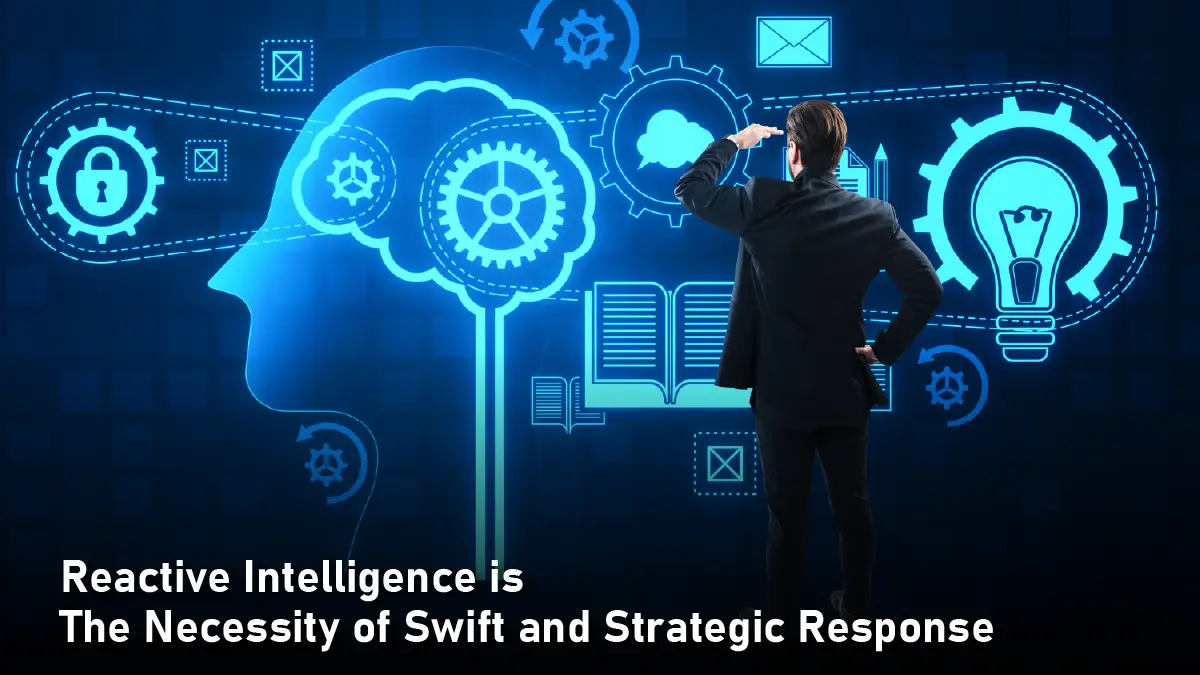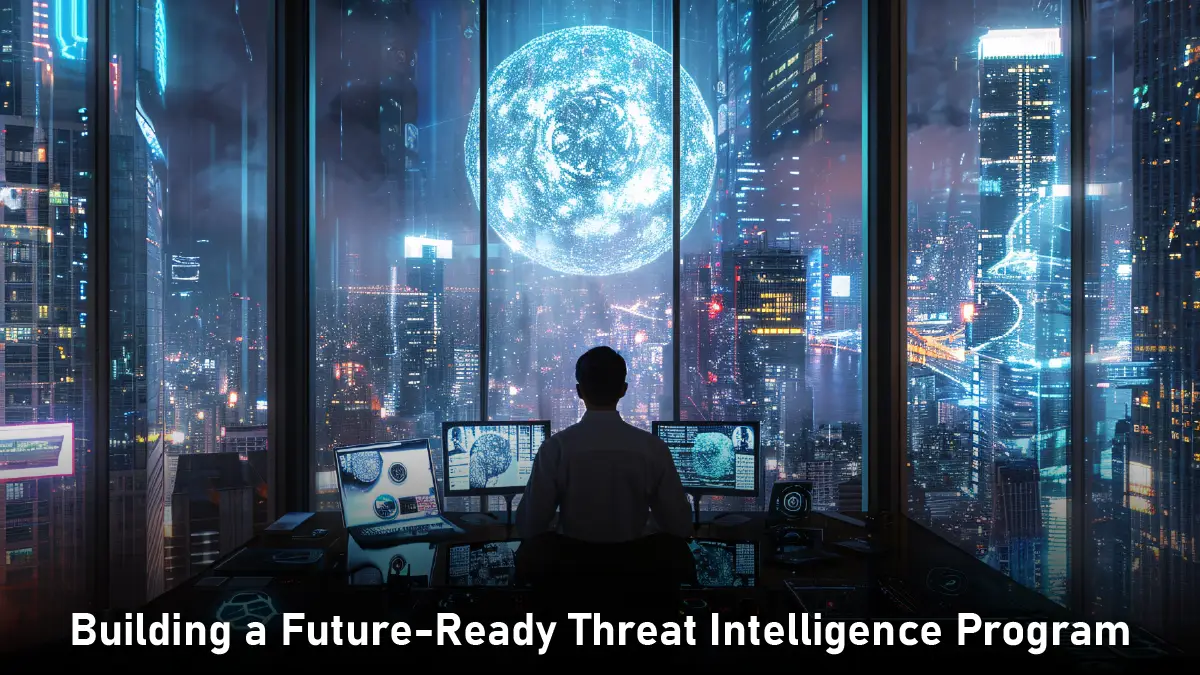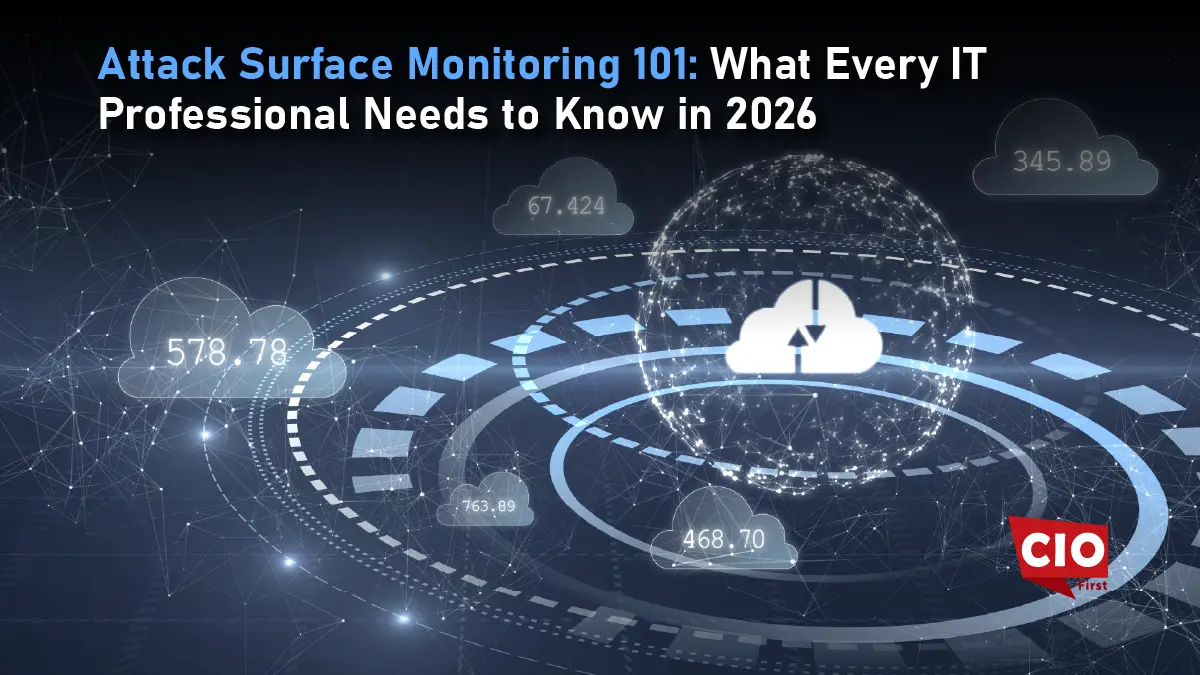In the fast-changing world of cybersecurity, CIOs face a tough challenge. They must stay ahead of increasingly smart adversaries. Data breaches are costly. In 2024, they average US$ 4.88 million for businesses worldwide. Plus, they can cause lasting damage to a company’s reputation. This battle centers on a key choice: Should organizations use proactive threat intelligence to predict attacks? Or should they stick to reactive methods to deal with incidents after they occur? The answer isn’t binary. You need to understand both strategies well. Know their strengths and how they combine to create a strong defense.
What Defines Proactive and Reactive Intelligence?
Proactive threat intelligence works like a skilled detective. It gathers clues to predict where and how the next attack may happen. It includes constantly checking global threats, dark web actions, and new vulnerabilities. Proactive strategies look for risks by analyzing patterns. This includes chatter on hacker forums and unusual network traffic. The goal is to spot problems before they get worse. A financial institution with proactive intelligence can spot early signs of a ransomware group targeting its sector. This allows for quick patching of vulnerabilities or changes to access controls.
Reactive threat intelligence, on the other hand, functions as a rapid-response unit. When a breach occurs, this approach focuses on containment, forensic analysis, and remediation. It’s about learning from incidents to prevent recurrence.
A retail company faces a phishing attack. To react, they should:
- Isolate the compromised systems.
- Analyze how the attack happened.
- Update email filters to block similar threats.
Reactive strategies are essential, but they often keep organizations one step behind attackers.
The Case for Proactive Intelligence
Proactive strategies thrive on foresight. Organizations can use threat feeds, machine learning, and human expertise. This helps them match adversarial tactics to their own systems. Take the healthcare sector, where threat actors frequently exploit outdated medical devices. A proactive approach could mean working with device makers to spot vulnerabilities. It may also involve simulating attacks. This tests how well incident response plans perform.
The value of this mindset is clear. IBM’s research shows that companies using proactive threat intelligence cut their breach lifecycle by almost 30%. This change can save them millions. Businesses that focus on anticipation gain more stakeholder confidence. Clients and investors see cybersecurity readiness as a key advantage.
Yet proactive intelligence isn’t without challenges. It needs a big investment in tools like AI threat-hunting platforms. You also need skilled people who can understand complex data. For resource-strapped teams, this can feel overwhelming. The key is prioritization. Focus on high-value assets and industry threats. Don’t chase every potential risk.
Reactive Intelligence is The Necessity of Swift and Strategic Response

Even the most vigilant organizations face breaches. Reactive intelligence helps minimize damage when attacks get past defenses. It also ensures that lessons are learned. Think about the 2023 breach at a big logistics provider. Hackers took advantage of a zero-day vulnerability. The company acted quickly. They analyzed logs in real-time to find the attack’s source. Then, they reset employee credentials worldwide to stop any further movement. Within hours, the threat was neutralized, and patches were deployed across the network.
Reactive measures also play a vital role in refining long-term strategy. Post-incident reviews often show weaknesses. These can include poor employee training or security gaps with third-party vendors. Proactive systems might miss these issues. A tech firm found that its phishing simulations missed new tricks, like QR code scams, after a social engineering attack. Updating training programs became a priority, closing a critical oversight.
However, over-reliance on reactive methods carries inherent risks. Organizations in ‘firefighting’ mode waste resources. They keep dealing with the same problems instead of focusing on prevention. Worse, frequent breaches erode customer trust. A survey found that 70% of consumers would hesitate to work with a business that had multiple data breaches in a year.
Merging Proactive and Reactive Approaches
The best cybersecurity strategies mix proactive and reactive parts. This creates a helpful feedback loop. A manufacturing company can use proactive threat hunting to spot weaknesses in its IoT devices. It can also maintain an automated incident response system. This helps quickly isolate compromised nodes during an attack.
The MITRE ATT&CK framework shows this synergy. It links attacker behaviors to help with prevention and response. Teams can boost defenses and enhance playbooks by learning common tactics. These include credential dumping and lateral movement.
Leadership plays a pivotal role in fostering this balance. CIOs should push for budgets that fund advanced threat detection tools. They also need to make sure incident response teams are quick and well-trained. Collaboration is crucial. Sharing anonymized threat data with industry peers boosts collective defense. For example, the FS-ISAC consortium allows financial institutions to share intelligence. This helps them tackle common threats together.
How Organizations Are Evolving Their Strategies
A multinational energy company’s recent update to its cybersecurity program shows this balance. Following a close phishing attack on its leaders, the company took action. They invested in AI email filters and monitored the dark web. It also improved its reactive protocols. Now, it takes less than six hours to respond to incidents, down from 72. Cross-training IT and communications teams ensured seamless coordination during crises, minimizing operational downtime.
A SaaS startup found out the hard way that just being proactive isn’t enough. A misconfigured cloud storage bucket led to a data leak, despite having strong vulnerability scanning. The absence of a reactive playbook delayed containment, resulting in regulatory fines. The lesson? Even the best-laid preventive plans require complementary response mechanisms.
Building a Future-Ready Threat Intelligence Program

For CIOs, the path forward involves three pillars: visibility, adaptability, and culture.
To achieve visibility, use tools that give real-time insights. These tools help identify both external threats and internal weaknesses. Cloud-native platforms like Microsoft Sentinel and CrowdStrike Falcon provide unified dashboards. They connect data from endpoints, networks, and threat feeds.
Adaptability requires embracing continuous learning. Threat landscapes evolve rapidly; yesterday’s defenses may not thwart tomorrow’s attacks. Regular red team exercises and scenario planning keep teams sharp. Simulating a supply chain attack can show how much we rely on weak third-party software.
Cultivating a security-first culture transforms employees from liabilities into assets. Phishing is still a major threat. Companies that promote skepticism and urge employees to question odd requests see click rates drop by over 50%. Training should be ongoing, engaging, and tailored to departmental risks.
No Silver Bullet, But a Clear Path Forward
The debate between proactive and reactive threat intelligence isn’t about picking one. It’s about combining both. Proactive strategies build resilience, while reactive measures ensure survivability. Modern CIOs must lead in connecting technology to business goals and risk preferences.
As cyber threats grow in size and complexity, smart organizations view intelligence as a vital asset, not just an expense. Leaders can tackle challenges by investing in foresight. They can also build agility and learn from every incident. This way, they secure not only data but also the trust of customers and stakeholders.
The best strategy is simple: in cybersecurity, change is the only constant. Preparing for the inevitable while striving to prevent it isn’t just wise; it’s existential.

























